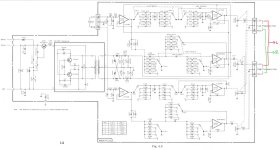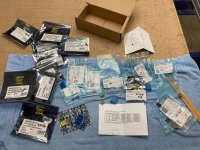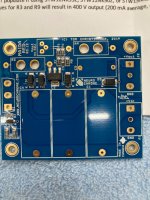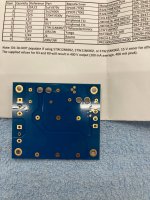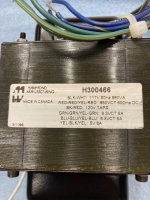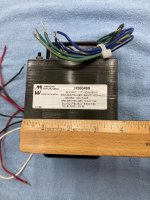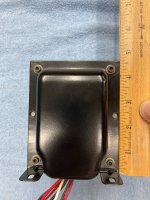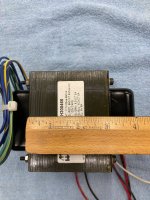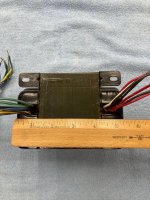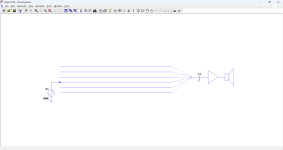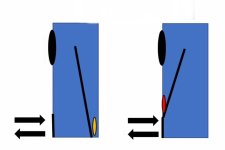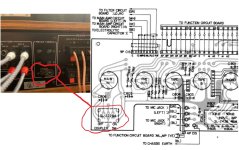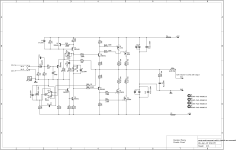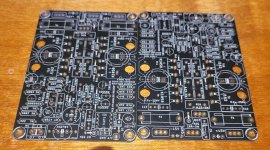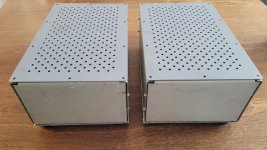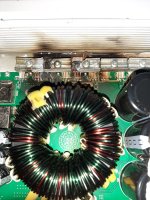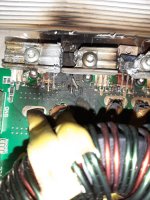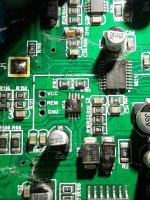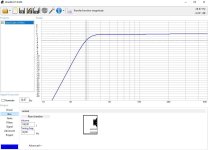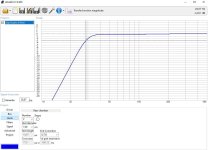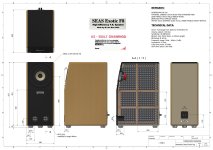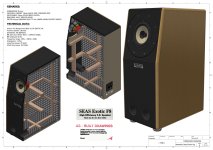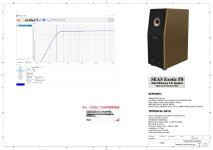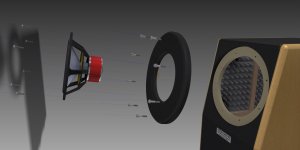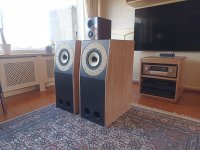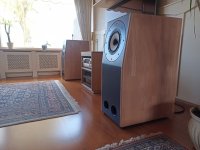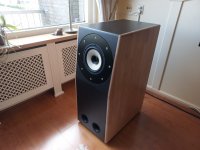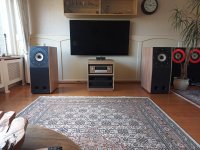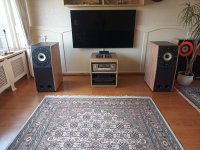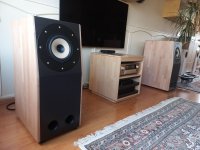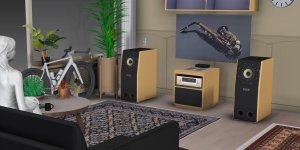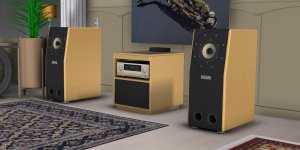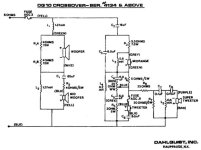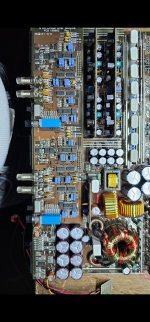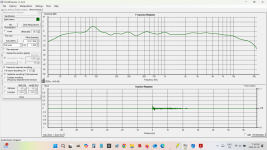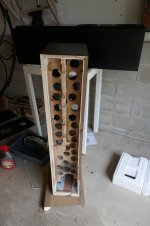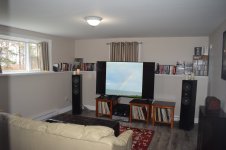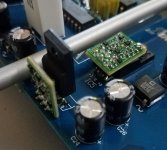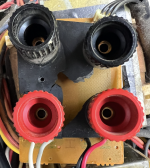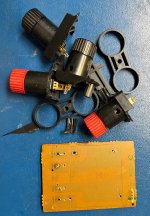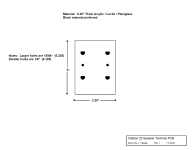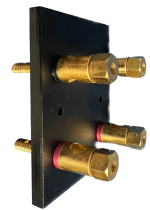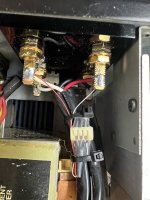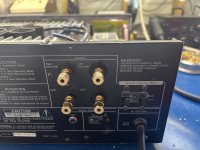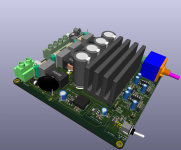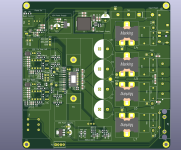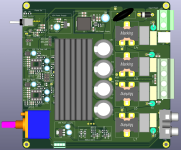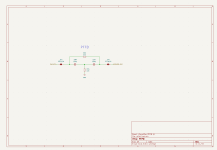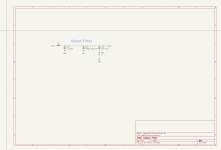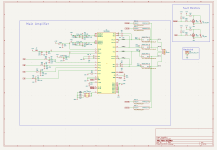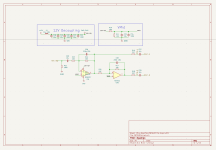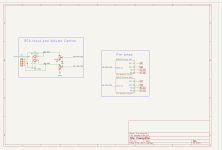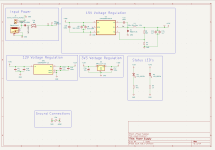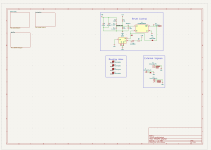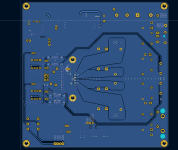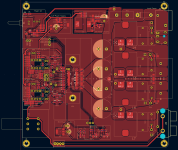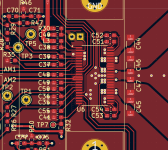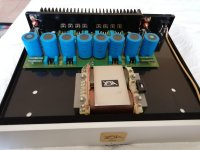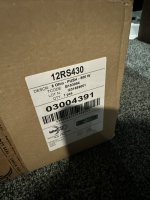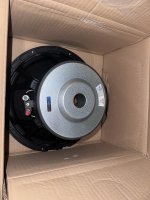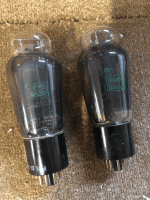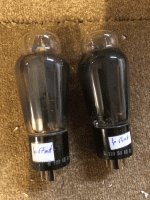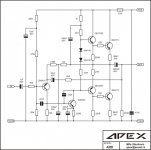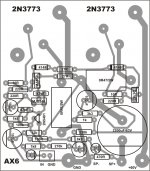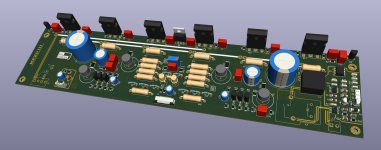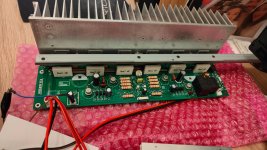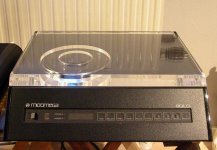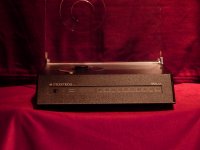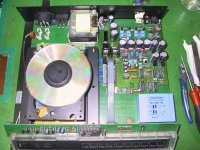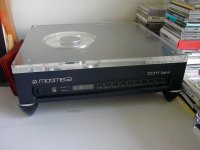I was always fascinated with “How much juice can you squeeze out of a full range driver?”
In this design with twelve Fountek FE85 3.5” full range units, I managed to squeeze a lot of juice from small drivers, without a traditional crossover. This design achieves High-Definition transparency, deep imaging, excellent impulse and step response, flat phase response. The system comfortably handles 250 watts and plays very loud without distortion.
This design has unique feature: All 12 full range drivers receive 100% signal below 100Hz, sharing the load equally. With DSP EQ they have plenty of bass.
A
bove 100Hz they shift into Shaded Array mode. Above 500Hz the Constant Directivity radiation pattern is fully in force. This means spooky-good imaging all throughout the room.
Lots of slam even with wide dynamic range percussion recordings.
Totally coherent sound as these full range drivers cover 9 octaves.
Extremely transparent, as the FE85s have very thin light aluminum cones and a light, airy signature sound.
I designed these based on
Don Keele’s work, which is patented. I obtained Don's permission to build the design, and met him in person at the 2017 Parts Express competition where I showed them off.
A shaded array is a curved line array where each driver receives a unique signal level according to a Bessel function. This eliminates most of the lobing and comb filter effects of a line array. (Conventional line arrays are notorious for comb filtering effects. You have to use lots of tiny drivers in order to eliminate them.)
In auditoriums, shaded arrays ensure all seats get equal SPLs no matter how far from the speaker. In a home system, a shaded array with the hottest drivers near the floor results in equal SPLs whether you’re right next to the speaker or all the way across the room.
When I invite people over to listen, I ask them to get up and walk around. They’re astonished that the sound level and image doesn’t change no matter where they are in the room. When I host listening parties with a dozen people, every seat in the house is great.
You can stand right next to one speaker and hear the other speaker clearly across the room with a nice stereo image.
The graph below is from Don Keel’s website, it shows even distribution across all frequencies for a shaded array with the hottest drivers in the center. In my design, the floor is the centerline through the middle, with floor reflections simulating the lower half of the array.
Imagine a black dotted line running right across the middle of each heat map above. That dotted line is the floor of the room.
Put your couch on top of that floor and now you can visualize how the sound is distributed throughout the room from the Shaded CBT Array.
This means the hottest drivers are the ones at the bottom, with the signal tapering off as you move up to the top of the array.
This design has an extra twist that I’ve never seen anywhere else, which is: All 12 full range drivers receive 100% signal strength below 100Hz, so they share the load equally.
I’ve mounted them in a DSP assisted bass reflex box. At the tuning frequency all drivers are working equally hard. But above 100Hz they progressively shift into Shaded Array mode and above 500Hz the Constant Directivity radiation pattern is fully in force.
This is the actual measured signal at the terminals of each driver:
As you can see, at the tuning frequency of 43Hz, each driver shares exactly the same signal level, but around 100Hz the signals start to diverge, and at 10KHz driver #1 at the bottom gets 14dB more signal than driver #12 at the top.
The irregularities around 100Hz are due to varying resonant frequencies and impedance curves of each individual driver. This is a trivial issue in application.
The Fountek driver has the following specs: FS 125Hz (in my measurements it was more like 110Hz), Qt 0.52, VAS 0.85 liter.
One thing that separates the men from the boys in speaker design is radiation pattern. I like "CBT Constant Beamwidth Transducer" Shaded Arrays because their distribution pattern of sound throughout the room creates superb imaging in every seat of the house. If you stand up and walk right up to one speaker, the apparent source of the sound recedes to somewhere a few feet behind the speaker. You can hear the left and right equally well anywhere you stand or sit.
Measurements
This is the system response in my room, average of 18 positions, mostly near the listening spot, with the EQ that sounds right after much tweaking:
As you can see they deliver 35Hz-25KHZ. Of course at listener position in a real room, you want about 10dB more bass and that's exactly the case here.
Phase response is essentially flat above 80Hz:
Most speakers butcher Impulse Response. Not these:
Schematic:
This design requires an elaborate filtering network to provide each individual driver with the exactly correct drive signal according to Keel's Shaded Array methodology. Each driver has a Zobel network (6ohms + 13uF) which flattens the impedance and makes behavior more managable.
The wiring consists of three parallel sections of four drivers wired in series. Each driver starting with driver #4 and above also has an RC network which directs extra high frequency energy towards the bottom drivers and less HF energy to the top drivers.
As you can see, drivers 1, 2 and 3 get 3dB extra signal above 1KHz, and drivers 10, 11 and 12 get 10-15dB less signal above 1KHz, with the intermediate drivers getting exactly proportional signals. I am very proud of the above family of curves.
I used a MiniDSP 2x4HD to EQ these speakers flat. Above is the correction curve, which is absolutely necessary because without EQ the 3.5” drivers start rolling off below 150Hz.
The total system has roughly the same output capability of a quality 10” woofer in a bass reflex enclosure.
The DSP boosts the signal the the 43Hz reflex tuning frequency and rolls off quickly below that, adding 6-10dB additional headroom at low frequencies. This is a critical aspect of the design, as a 6-10dB gain in LF dynamic range is not trivial.
I discuss this DSP technique in my
AudioXpress article “The DSP Assisted Reflex.”
Port & Tuning Details
I used a flared 3” Precision Port from Parts Express. It is about 12” long and it tunes the 30 liter / 1.2 cubic foot box to 43Hz. The system cuts off sharply below 35Hz via DSP. These twelve drivers in a super-low-tuned reflex enclosure and DSP can collectively generate a lot of output, very similar strategy to the Bose 901 (which is an
ingenious engineering design as I discuss in an AudioXpress sidebar, regardless of what opinions many audiophiles have about the execution.)
High Sensitivity
The midband SPL of these speakers is about 96dB. They have 14dB of boost at 43Hz and a similar amount of boost above 5KHz. Effectively they operate on average like a system with ~91dB sensitivity. Pretty efficient overall. The high efficiency adds to the slam and dynamic range.
These sound great and play quite loud with small low power tube amps.
Impedance
They are easy for any amp to drive. You can see in this graph the port tuning frequency of 43Hz and the impedance is around 10 ohms at low frequencies and 4 ohms at high frequencies. These speakers are easy to drive.
Driver Choice
The Fountek FE85 is an excellent full range driver. It has a 3/4” voice coil and very light cone assembly of less than 2 grams. It has a fabric surround which ideally matches the acoustic impedance of the aluminum cone and very smooth response. It has very good high frequency resolution, as good as many dome tweeters.
Individually they handle about 10 watts RMS, so with 12 units per channel and equal power distribution at low frequencies, this system has no problem putting out 110dB+ SPLs in a real room.
Fortunately the FE85 is still available. Plus many great alternative choices are available from Dayton, Tang Band, FaitalPro and many others. As long as you choose an 8 ohm unit, you won’t need to change any of the Shaded Array filter network values. However your DSP EQ will change and anyone with a DSP and a microphone can easily pull that off.
There is no need for FIR (Finite Impulse Response) filters as everything is very well behaved and there are no phase errors that you can’t correct with standard IIR (Infinite Impulse Response) DSP filters.
Cabinet details
The cabinets are 46” high, 7” wide and 14.75” deep. These are the sketches I gave to my carpenter Joseph Budka, who milled these on a CNC machine:
The drawing below shows the coordinates of each facing surface on the side panel that touches the front panel pieces, along with the angles of each facing surface.
How do they sound?
The stereo image is deep. The apparent sound source is about 2-3 feet behind the speakers, just as Don Keele’s Constant Beamwidth Transducer model predicts.
I’ve built LOTS of different designs, you can
search my screen name on this forum to find more. These are one of the better systems I’ve made, successfully squeezing a great deal of performance out of 3.5” full range speakers.
Resolution is high definition and extremely detailed. The aluminum cones have a slight edge and if your amp is harsh or sounds grainy, that will come through.
“Shaking the house” and full range drivers don’t usually go together in the same sentence, but these deliver. They have a LOT more dynamic range than 99% of full range designs. The DSP Assisted Reflex means that even with songs like “Russia on Ice” by Porcupine Tree, which has a loud 34Hz pant leg flapping synthesizer late in the track, these have no problem shaking the house.
If I were to build these again, I would consider a more expensive high end driver with underhung voice coil. I would be tempted to choose a paper cone instead of aluminum, as the metal cones have a slight edge that can come off hard at times. The Dayton PS95 is a very good choice.
I would also consider an even larger array, using 16 or 18 drivers instead of 12.
VituixCad and MiniDSP 2x4HD files are attached in Zip files.
I wrapped them 360 degrees with black grille cloth with an oak wood cap on the top. I used very dark wood stain that makes it almost black.
I took these to the Parts Express 2017 speaker design competition where I got a lot of questions from curious designers. (Coincidentally, the speaker that won the competition was a much more sophisticated 2-way Shaded Array design.)
I think shaded arrays are underrated and I encourage y'all to try a design for yourself!
